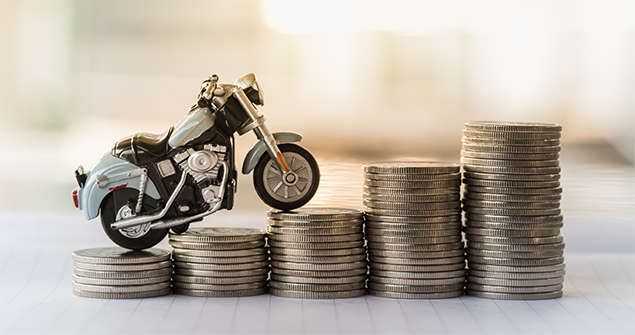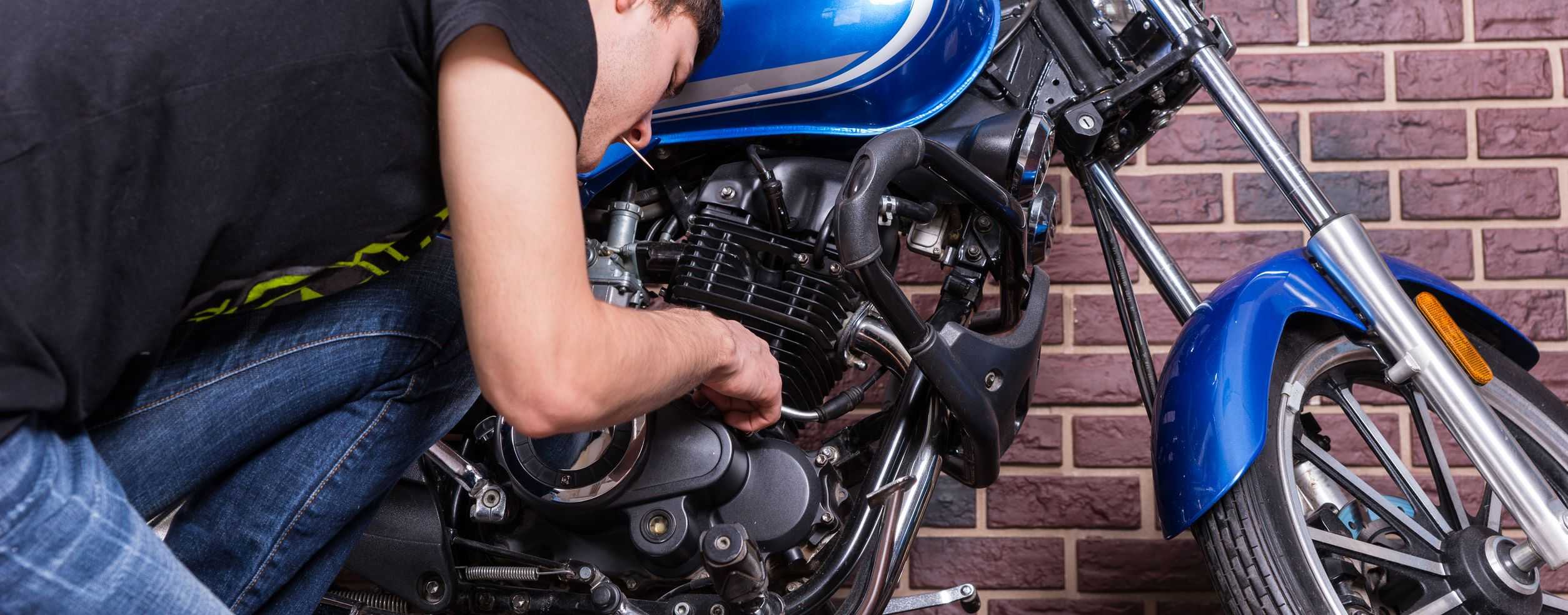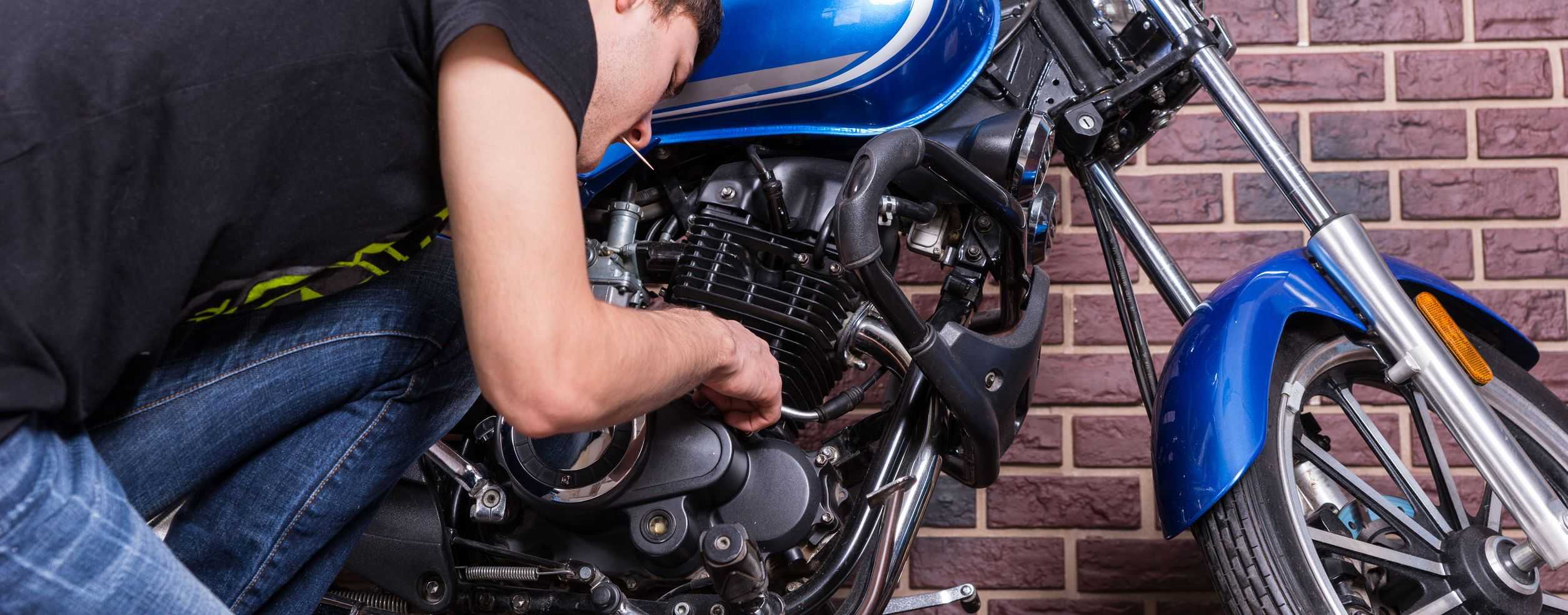
Preparing your motorbike for its MOT test
An MOT test can be a worrying time for any motorbike owner. It can be costly too but, with some simple preparation, you can dramatically reduce the chances of failing your MOT for simple reasons that are easily avoidable.
Verdict
Let's be honest, pretty much any mainstream 125cc twist and go scooter is actually more practical than the new Super Cub C125 but that's really not the point.
Honda has the PCX125 scooter which is Europe's best-selling two wheeler and with good reason; it's an absolutely excellent scooter that does the job of transportation but doesn't generate much excitement or affection.
The Super Cub is very different. It's got the rational side of being an economical, reliable and comfortable commuter bike but it also has an awful lot of charm and the improvements made by Honda have made it a much improved motorcycle.
Children love it, motorcyclists will almost certainly have some fond memories of riding one at some point in their lives, and it has a charming, warming and lovable nature that is so often missing from scooters which are superb at being a useful appliance.
The best bit about the Super Cub C125 is that it exists. Honda has made the effort to re-engineer a legend of motorcycling and we can all make the choice to buy one again; and that's a very good thing.Things like faulty lights, missing reflectors and the wrong size registration plates are some of the most common reasons for failing an MOT test but they're easily rectified before you get to the test centre.
Here's our motorbike MOT preparation checklist to improve your chances of passing the MOT. It's not fool proof but it should increase your chances!
1. Lights
Check that all your lights and their controls are working properly. This includes warning lights as well as signals and brake lights. Also check that your headlamp is pointing in the right direction (forwards and downwards very slightly).
2. Rear reflector
Make sure your bike has a rear reflector, without one you won't pass your MOT test.
3. Horn
Give it a blast and make sure it works.
4. Petrol Cap
If your petrol cap isn't sealed correctly and it leaks, you're in trouble. Make sure it fits properly.
5. Tyres
Make sure your tyres have the correct tread depth, are not damage and are fitted correctly. Also check your wheel alignment, this should only be a problem if you have tampered with your bike or have been involved in an accident.

6. Footrests
Your footrests should be secure. Tighten them up to prevent any wobbly footrests.
7. Nuts and bolts
Do a quick round of your bike to ensure any nuts, bolts and loose fairings are tightened to make them secure.
8. Chain
Your chain should be lubricated, complete and the tension should be correct. This is something that you can check and change yourself. There should be some give in a chain, but not too much, when you apply pressure on it with two fingers.
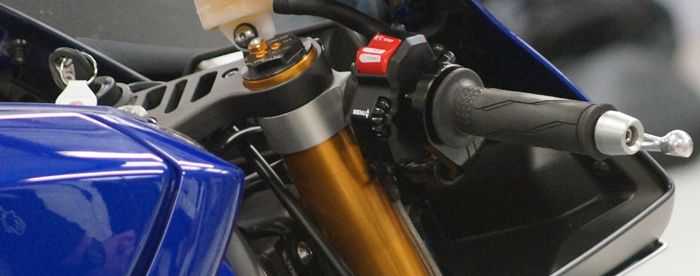
9. Brakes and pads
Your brakes need to work and that's not just to pass your MOT but to keep you safe on the road, obviously.
Your brake pads should also have 1mm of width. If they're below that limit, change them before the MOT to avoid potentially paying twice.
10. Seat
Lost your seat? Then you will fail your MOT. It should also be secure.
11. Number plate
Having a registration or number plate that's the wrong size can result in an MOT fail. If you've fitted a new, smaller registration plate, revert to your original one before the MOT.
12. Exhaust leaks
You can easily check your exhaust for leaks by starting up the engine and holding a rag over the end. You will hear if anything is blowing out along the seams.
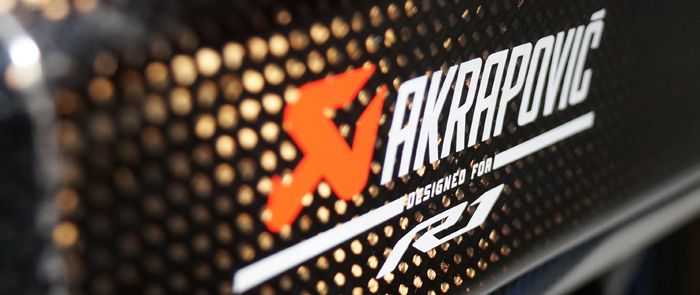
13. Suspension and steering
When you apply pressure to your front forks, there should be no clunky sounds and it should be relatively stiff under simple pressure.
Similarly, turning from full lock to full lock should test steering. Your handlebars should not catch on your accelerator cable or hit the fuel tank when turned fully.
What if I find something wrong with my motorcycle?
If anything isn't right and you don't feel like you can fix it yourself, go to a garage and get it fixed before your MOT. This will mean that you shouldn't fail your MOT and be forced to pay again for a retest.
The best protocol to pass your MOT is regular maintenance and check-up and a service before your MOT.
While Service costs are more than an MOT, it can save paying for two tests if it brings up any faults. It should also put your mind at ease with regards to your bike's general condition.
Remember, an MOT is a legal requirement and skipping an MOT can invalidate your insurance, which, in the long run, could cost you much more than the test.

